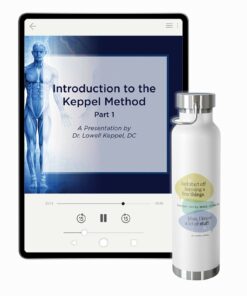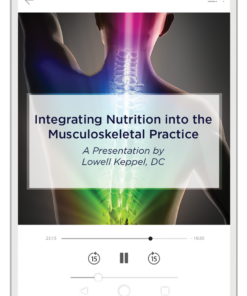In 1950, Dr. Lee released one of the most spectacular healing tools available, the Protomorphogen. Check out Dr. Royal Lee on Protomorphogens for a review on how protomorphogens work.
Remember, Protomorphogens (PMGs) are the cell nucleus of mammal cells. The cell nucleus of bovine lung, which we will discussing more, acts as the decoy for the patient’s own autoantibodies that have formed against their own lung tissue. This decoy gives the body time to heal, with the proper vitamin and mineral support for those tissues.
Dr. Lee gave us many PMGs to correspond with the many tissues of the body. In this issue of “Good to Know,” I wanted to specifically bring awareness to Pneumotrophin PMG. I know what you are thinking, “Pneumo-trophin… that is clearly for the lungs. Why is this good to know, Dr. Keppel?!”
In Applied Trophology, Vol. 1, No. 9, September 1957, Dr. Lee writes:
“Pneumotrophin [PMG]: This is a lung extract (beef lung) containing lung protomorphogen that was developed with the thought of rebuilding lung tissue, just as Bio-Dent (made with a cold-processed veal bone flour that contains bone protomorphogen) will rebuild the bone structure where atrophy has taken place. In addition to this function, Pneumotrophin has indicated its ability to clear up bronchieclasis and other bronchial congestions, such as bronchial cough, that linger after a cold or the flu. When this product was being developed, it was found to be helpful in certain asthmatic conditions. It has been found to be of some help in sinus conditions, also for “cigarette cough.” In fact, for mucous membrane irritations of the respiratory tract in general.”
How can this be? Probably because the vital organs share similar DNA structure. Lungs are primarily mucus membrane tissue and as such the Pneumotrophin PMG is also cell nucleus for mucus membranes. Stop and consider, where else are mucus membranes found? Well…actually… all over! The respiratory system, of course, but also the digestive, reproductive, urinary systems, as well as the ears! It is also important to feed the mucus membranes with Calcium Lactate and Cataplex A-C.
But that is just the tip of the proverbial iceberg!
Dr. Lee discussed Pneumotrophin again in a1959 Applied Trophology, Vol. 3, No. 9, Tip of the Month, saying,
“Pneumotrophin remains our standby control in the usual types of hemorrhage, and we use Ovex specifically for uterine bleeding.”
I have been using Pneumotrophin for a variety of conditions over the last year with good results. It has stopped chronic uterine bleeding, urinary issues in both young and older patients and, of course, digestive issues!
Pneumotrophin was the first PMG that Dr. Lee had a chance to test. A friend and colleague, Benjamin Sandler, MD, oversaw a sanitarium in Ashville, NC, for tuberculosis patients. There he had patients who were dying, so Dr. Lee sent him Pneumotrophin PMG. All but one patient fully recovered from the illness.
What is “Good to Know” here is that Pneumotrophin is not just for the lungs!
Give it a try if you have a tough case you’ve been working on. Especially if you suspect mucus membranes may be involved, then you can hand a bottle of Pneumotrophin PMG to the patient and say, “Take 6 per day, 3 in the morning and 3 in the evening, on an empty stomach.” Have them report back in a few days.
NOTE: An empty stomach means 20 minutes before eating or two hours after eating. In order to have the desired effect, PMGs must not be exposed to HCL in the stomach or they will only be used as protein instead of having the desired decoy effect.
Main image from Standard Process. Post image from iStock/Jacob Wackerhausen.





